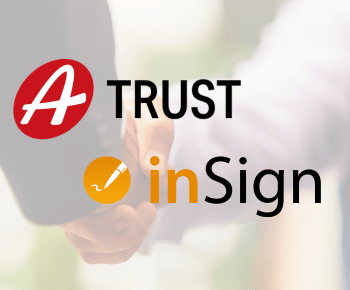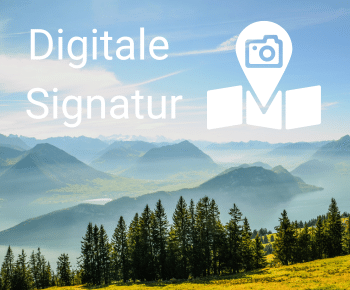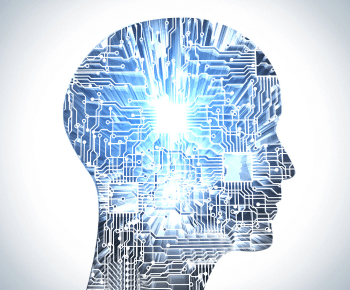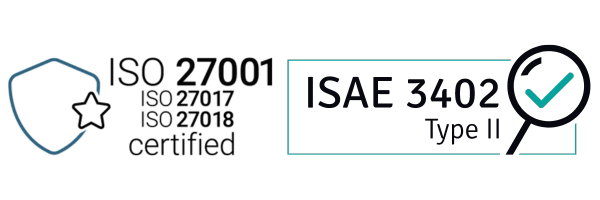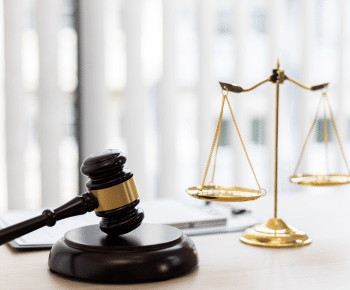
Documents signed with inSign contain biometric data of the signatory
Every person has their own unique characteristics, such as the way they walk, their voice, their iris, their fingerprint or even their signature. These are also called biometric features because they are unmistakable and can be clearly assigned to a person.
During an e-signature process with inSign, the biometric characteristics of a person’s writing are recorded in addition to the signature image, such as the writing speed, writing direction and writing pauses. These are asymmetrically encrypted and inserted into the PDF document.
The private key is then deposited with an independent authority such as a notary. In the event of a dispute, this person can decode the data with the private key and hand it over to a handwriting expert for analysis. With the associated programme, the so-called inSign Explorer, the handwriting expert can visualise and analyse the signature data. This allows the signature to be attributed to the person who made it.
The process described is the advanced electronic signature (AES), which is used by default in inSign. A simple electronic signature (SES) is a simple signature image, such as the name under an e-mail. In this case, the attribution of a declaration of intent to a specific person is hardly possible. Therefore, the advanced electronic signature should definitely be used for legally secure contracts. With the qualified electronic signature (QES), identification even takes place before the signature.
The private key is then deposited with an independent authority such as a notary. In the event of a dispute, this person can decode the data with the private key and hand it over to a handwriting expert for analysis. With the associated programme, the so-called inSign Explorer, the handwriting expert can visualise and analyse the signature data. This allows the signature to be attributed to the person who made it.
The process described is the advanced electronic signature (AES), which is used by default in inSign. A simple electronic signature (SES) is a simple signature image, such as the name under an e-mail. In this case, the attribution of a declaration of intent to a specific person is hardly possible. Therefore, the advanced electronic signature should definitely be used for legally secure contracts. With the qualified electronic signature (QES), identification even takes place before the signature.
Analyse biometric signature data with inSign Explorer
Analysis with the inSign Explorer is comparable to a video in slow mode. The biometric values can be read out at individual points of the signature and examined more closely. Of course, the data is protected against modification.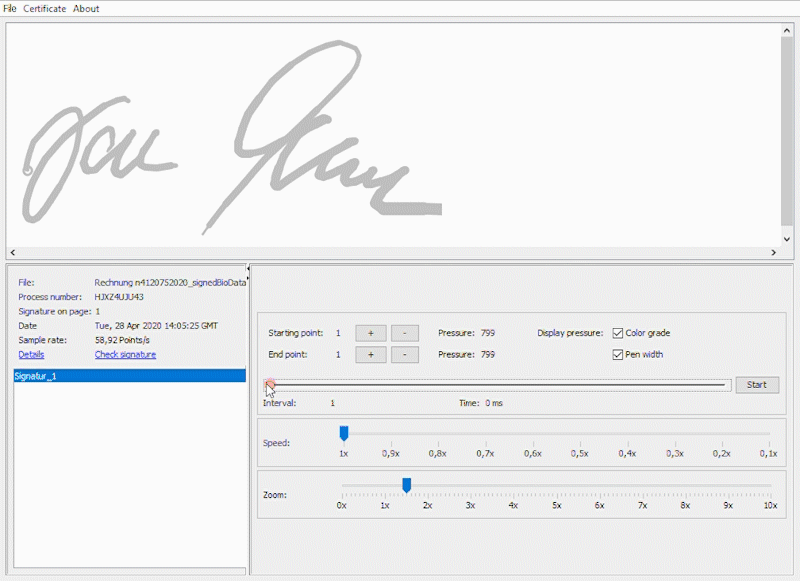
If the handwritten signature differs slightly from the digital signature, this is not a problem. The authenticity of the signature can nevertheless be proven on the basis of the individual biometric data. For more information on the legal certainty of inSign, please click here: Legal and Security.

About the author
Christina Detling – Online Marketing Specialist
Christina has been working at inSign for over four years and is happy to pass on her knowledge of electronic signatures and digitisation.
- Further articles
More on the topic of digital signatures
